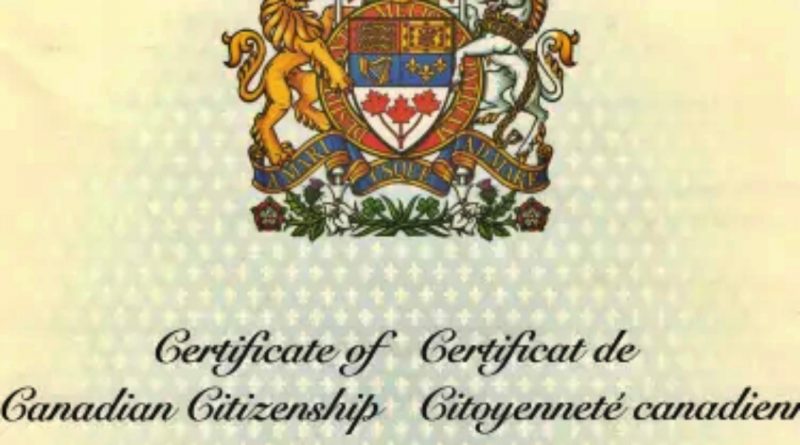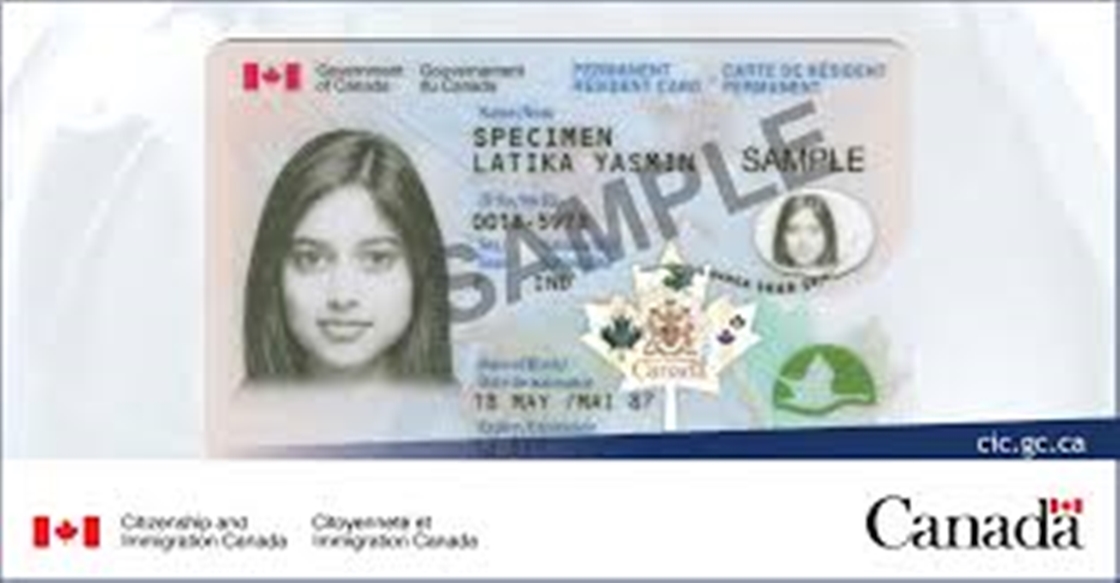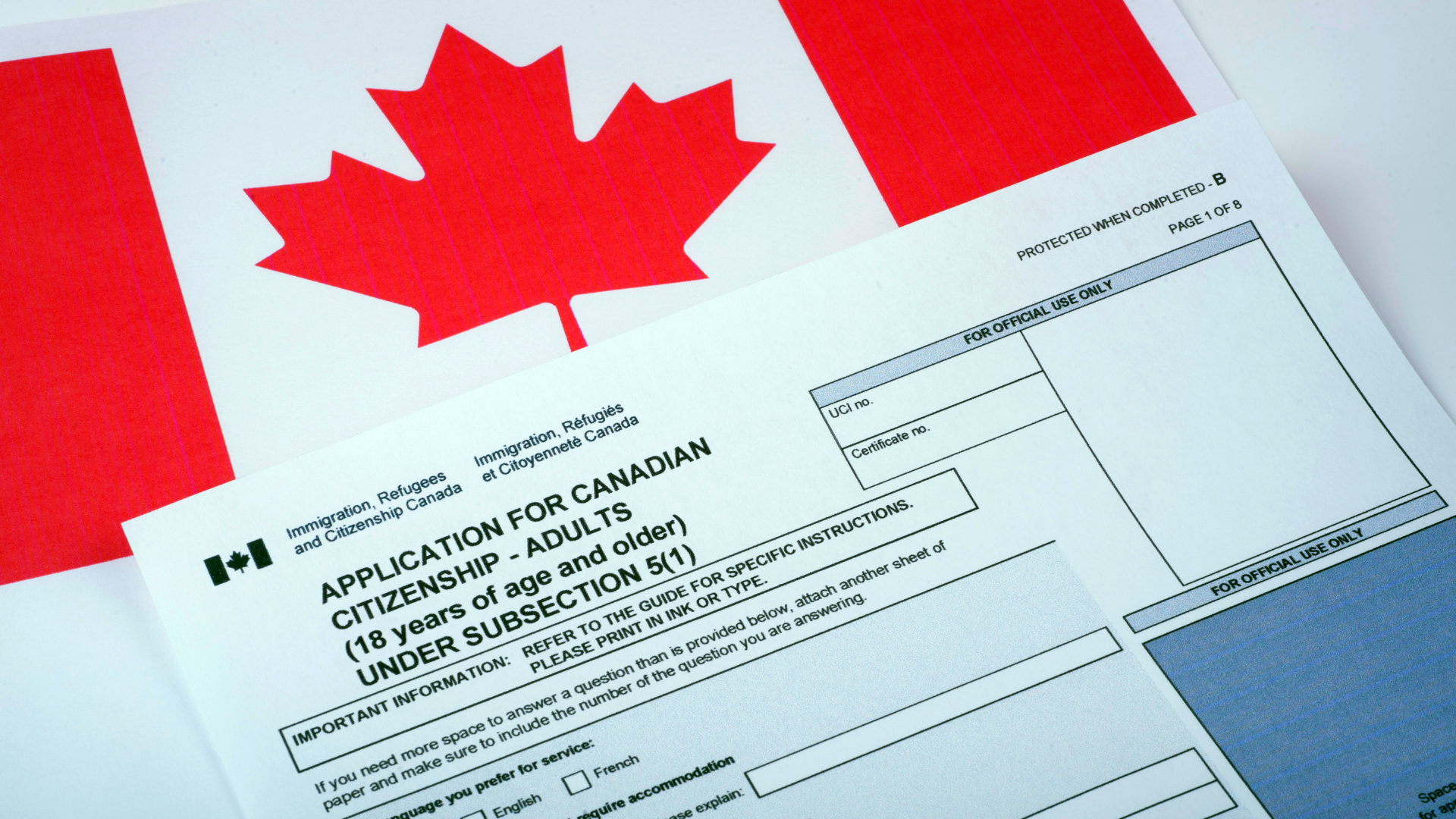- Question 10
- Select yes or no to indicate if you wish that a minor under 14 years of age participates in a citizenship ceremony.
Minors under 14 years of age are not required to attend a citizenship ceremony to take the oath of citizenship. Citizenship certificates are mailed to the minor if they are not applying at the same time as one or both of their parents.
Note: Minors aged 14 and over must take the oath of citizenship.
- Question 11
- Tell us if someone helped you complete your application package using the drop down menu.
If you appoint an individual, firm or organization as your representative, you must complete the Use of a Representative Form (IMM 5476).
Note that once you appoint a representative, all correspondence from IRCC regarding your application will be directed to them and not to you.
For instructions on completing the Use of a Representative form (IMM 5476), see: Guide IMM 5561 – Use of a Representative.
- Question 12
- Print the completed application form. The parent or legal guardian(s) must sign the application, by hand, with the signature they use on other official documents. Enter the place (city, town or village) and date beside the signature.
Note: Minors who are 14 years of age or older must co-sign the application form.
 Note: Your application will be returned to you if it is:
Note: Your application will be returned to you if it is:- not signed and dated;
- dated more than 90 days before we receive it;
- post-dated (dated into the future).
To complete the form:
Once the application is completed, click on the “Validate” button located at the top or bottom of the form. This will generate a barcode page – see image below. If this application form is completed on a computer and printed, you must place the barcode page on the top of your application (or if applying as a group, each individual application package).
Note: This barcode page will not appear if you fill out your application by hand.
Citizenship photos
You must:
- provide two (2) identical citizenship photographs;
- print the Citizenship Photo Specifications page and take it to the photographer to make sure you get the correct size photo;
- follow the steps explained on the form; and
- not staple, glue or otherwise attach the photo directly to the application.
Your application will be returned to you if you do not include the two (2) photos that meet the citizenship photo specifications.
Translation of documents
You must submit the following for any document that is not in English or French, unless otherwise stated on your document checklist:
- the English or French translation; and
- an affidavit from the person who completed the translation (if they’re not a certified translator); and
- a certified copy of the original document.
 Important information: Translations must not be done by the applicants themselves nor by an applicant’s parent, guardian, sibling, spouse, common-law partner, conjugal partner, grandparent, child, aunt, uncle, niece, nephew or first cousin.
Important information: Translations must not be done by the applicants themselves nor by an applicant’s parent, guardian, sibling, spouse, common-law partner, conjugal partner, grandparent, child, aunt, uncle, niece, nephew or first cousin.
If the translation is not done by a certified translator (a member in good standing of a provincial or territorial association of translators and interpreters in Canada), you must submit an affidavit swearing to the accuracy of the translation and the language proficiency of the translator.
An affidavit is a document on which the translator has sworn, in the presence of a person authorized to administer oaths in the country where the translator is living, that the contents of their translation are a true translation and representation of the contents of the original document.
Translators who are certified in Canada don’t need to supply an affidavit.
The affidavit must be sworn in the presence of:
In Canada:
- a notary public
- a commissioner of oaths
- a commissioner of taking affidavits
Authority to certify varies by province and territory. Consult your local provincial or territorial authorities.
Outside of Canada:
- a notary public
Authority to administer oaths varies by country. Consult your local authorities.
Certified true copies
To have a photocopy of a document certified, an authorized person must compare the original document to the photocopy and must print all of the following on the photocopy:
- “I certify that this is a true copy of the original document”
- the name of the original document
- the date of the certification
- their name
- their official position or title
- their signature
Who can certify copies?
Only authorized people can certify copies.
Important information: Certifying of copies must not be done by the applicants themselves nor by an applicant’s parent, guardian, sibling, spouse, common-law partner, conjugal partner, grandparent, child, aunt, uncle, niece, nephew or first cousin.
People authorized to certify copies include the following:
In Canada:
- a notary public
- a commissioner of oaths
- a commissioner of taking affidavits
Authority to certify varies by province and territory. Check with your local provincial or territorial authorities to learn who has the authority to certify.






